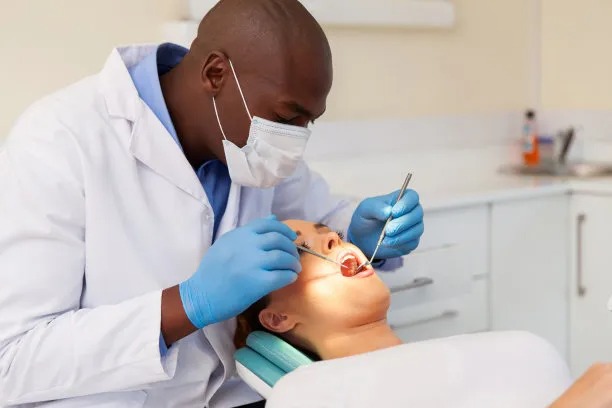The Essential Guide to Extracting a Tooth Safely and Effectively for Pain Relief and Oral Health
Summary: Extracting a tooth can be a daunting process, but understanding the essential steps and precautions can significantly ease the experience. This guide offers a comprehensive overview of safely and effectively extracting a tooth for pain relief and overall oral health. From recognizing when extraction is necessary to understanding the procedure and post-extraction care, this article serves as a valuable resource. By following the outlined strategies, individuals can ensure a smoother, more successful extraction experience, paving the way for improved oral health and comfort.
1. Understanding When Tooth Extraction is Necessary

Tooth extraction is often considered a last resort, but there are specific circumstances where it becomes unavoidable. One of the most common reasons is advanced tooth decay, which can lead to severe pain and infection. If left untreated, the affected tooth can jeopardize the health of neighboring teeth and overall oral health.
Another scenario where extraction may be deemed necessary is for teeth that are impacted or misaligned. Wisdom teeth often fall into this category, causing crowding or infection and posing risks to other teeth. Early assessment and intervention can prevent more complex procedures down the line.
Lastly, periodontal disease, which affects the gums and bone surrounding the teeth, can also necessitate extraction. In such cases, the affected teeth may no longer be stable enough to remain in the mouth without risking further oral complications.
2. Preparing for a Safe Tooth Extraction
Preparation is crucial before proceeding with a tooth extraction. First, a dental examination is necessary to evaluate the tooths condition and determine the most appropriate extraction method. Patients should inform dentists about their medical history and any medications they are currently taking, as these factors can influence the procedure.
Second, understanding the procedure itself can help minimize anxiety and set realistic expectations. Dentists may use local anesthesia, sedation, or general anesthesia depending on the complexity of the extraction and the patients comfort levels.
Lastly, having a reliable post-extraction plan can make the recovery process smoother. Arranging for someone to accompany the patient home, as well as stocking up on recommended medication and soft foods, can significantly ease the transition after the extraction is completed.
3. The Tooth Extraction Procedure: What to Expect
The actual tooth extraction procedure can vary based on the tooths condition and location. Generally, the process begins with the application of anesthesia to ensure the patient remains comfortable throughout. Once numbness takes effect, the dentist will carefully loosen the tooth from its socket.
In cases of simple extraction, the dentist may use forceps to gently remove the tooth in one piece. However, more complex extractions, such as those involving impacted teeth, may require the dentist to make an incision in the gums and possibly break the tooth into smaller pieces. This meticulous approach ensures minimal damage to surrounding structures.
Post-extraction, the dentist will provide essential aftercare instructions, including how to manage bleeding and pain. Patients may be advised to bite down on gauze, avoid vigorous rinsing, and keep their head elevated to reduce swelling. Understanding these instructions is vital to a successful recovery.
4. Aftercare for Faster Recovery and Pain Relief
After the extraction, effective aftercare is critical to speeding up the healing process and preventing complications. Initially, its essential to control bleeding by applying pressure with gauze. Most bleeding should subside within a few hours, but persistent bleeding may require further medical attention.
Pain relief is another key aspect of aftercare. Dentists often recommend over-the-counter pain medications or prescribe stronger alternatives for more extensive extractions. Ice packs can also be applied to the outside of the jaw to help reduce swelling and discomfort in the hours following the procedure.
Finally, following a soft-food diet for the first few days can significantly enhance recovery. Patients should avoid hard, chewy, or spicy foods that may irritate the extraction site. Staying hydrated and maintaining good oral hygiene, while avoiding the extraction area, also contributes to a smoother recovery.
Summary: Tooth extraction, when necessary, can significantly improve oral health and alleviate pain. By understanding the reasons for extraction, preparing adequately, following the procedure closely, and adhering to aftercare recommendations, patients can ensure a positive experience. This guide serves as a valuable reference for anyone facing a tooth extraction, aiming to transform a potentially daunting experience into a manageable one.
This article is compiled by Vickong Dental and the content is for reference only.


